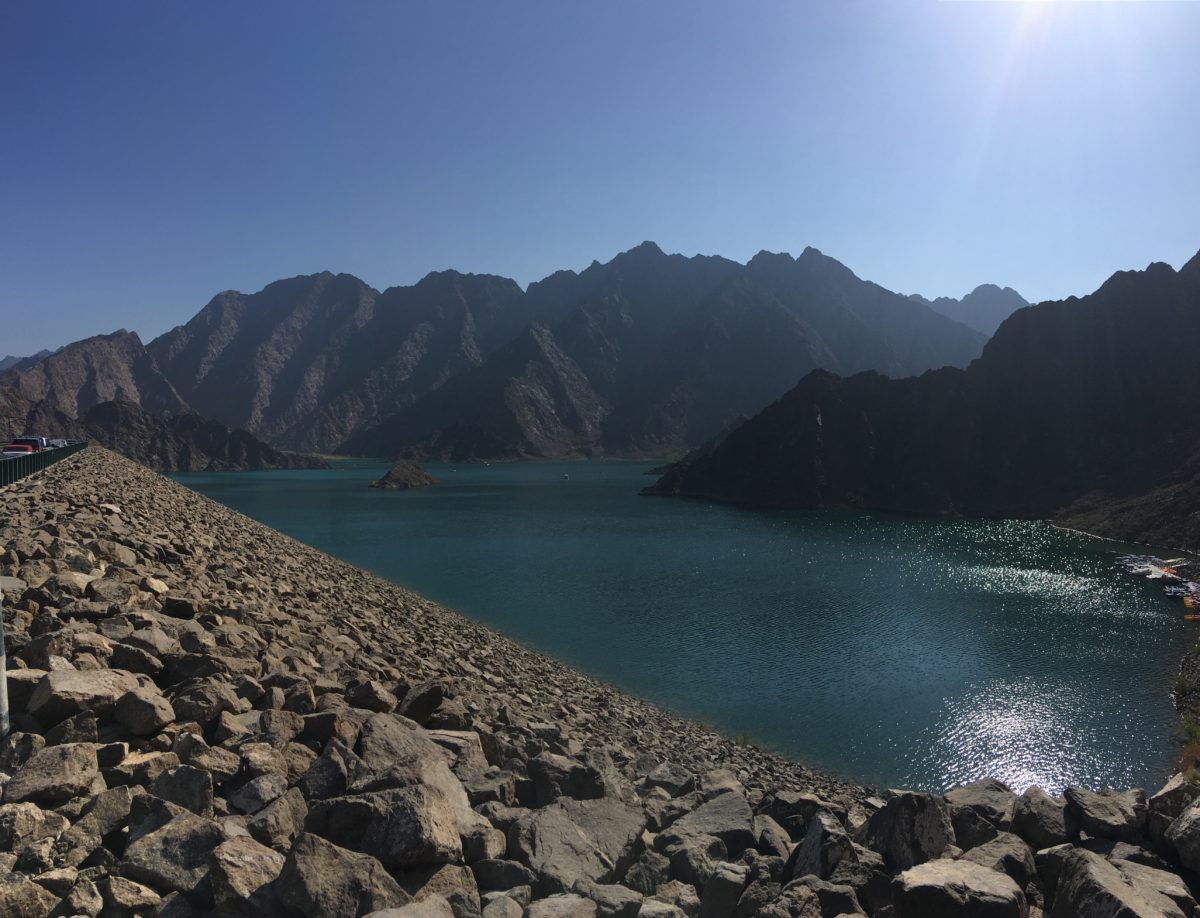The Dubai Water and Electricity Authority (DEWA) has revealed it will use output from its 5 GW Mohammed bin Rashid Maktoum Solar Park to provide energy for a newly tendered 250 MW pumped-storage hydroelectric power station at Hatta, an inland exclave of the emirate of Dubai in the United Arab Emirates.
The new hydropower plant will be built at a cost of approximately AED 1.437 billion ($391 million) at the Hatta Dam, which was built in the 1990s to supply the region with electricity and water.
“Turbines that use clean and cheap solar power from the Mohammed bin Rashid Al Maktoum Solar Park will pump water from the dam to the upper reservoir,” DEWA said without providing more technical and financial details. “The waterfall from the upper reservoir will generate electricity using turbines when required. The efficiency of the power generation and storage cycle will reach 80% within 90 seconds of the response to demand for electricity,” it further explained.
DEWA launched a tender for the fifth phase of its planned 5 GW solar park in late February. The huge project, which combines both the PV and CSP technologies, has currently 413 MW of operational capacity
Magnet for innovation
DEWA is currently testing a 1.2 MW network-attached storage (NAS) system supplied by Japan's NGK Insulators at the first section of the Mohammed bin Rashid Maktoum Solar Park – a 13 MW array built by U.S. thin film manufacturer First Solar in late 2013. The NAS battery will be used to stabilize fluctuations in solar power output, in addition to other grid applications such as time-shifting and frequency control, NGK said in June 2018, when the project was launched.
DEWA also plans to build a solar-powered hydrogen electrolysis facility at the solar park. “The hydrogen produced at the facility will be stored and deployed for re-electrification, transportation and other uses,” said DEWA Chief Executive Officer Saeed Mohammed Al Tayer in February.
Pumped hydro is highly cost competitive as a large-scale energy storage solution, according to a recent report published by the San Diego County Water Authority. The higher capital costs of pumped storage technology versus battery storage, says the report, are outweighed by the longer lifetime of pumped storage, which gives it a lower levelized cost.
Another recent study by the Australian National University identified potential sites for off-river pumped hydro projects throughout the world. The researchers noted 530,000 locations that could be suitable sites for 22 million GWh of hydro-pumped storage capacity in the future.
This content is protected by copyright and may not be reused. If you want to cooperate with us and would like to reuse some of our content, please contact: editors@pv-magazine.com.




1 comment
By submitting this form you agree to pv magazine using your data for the purposes of publishing your comment.
Your personal data will only be disclosed or otherwise transmitted to third parties for the purposes of spam filtering or if this is necessary for technical maintenance of the website. Any other transfer to third parties will not take place unless this is justified on the basis of applicable data protection regulations or if pv magazine is legally obliged to do so.
You may revoke this consent at any time with effect for the future, in which case your personal data will be deleted immediately. Otherwise, your data will be deleted if pv magazine has processed your request or the purpose of data storage is fulfilled.
Further information on data privacy can be found in our Data Protection Policy.